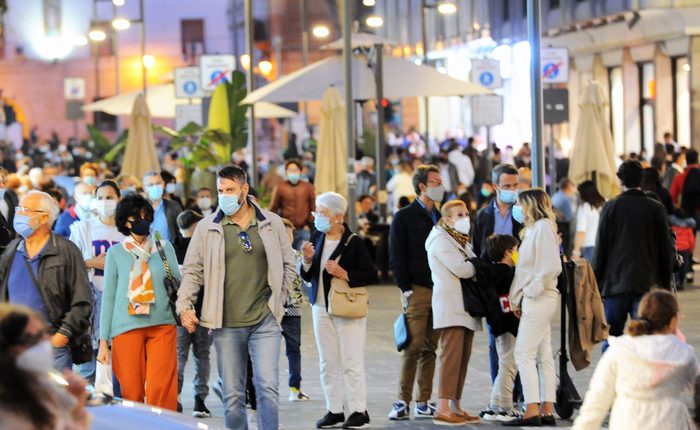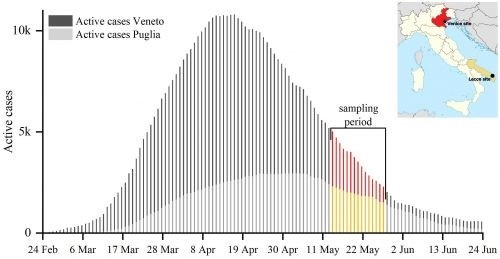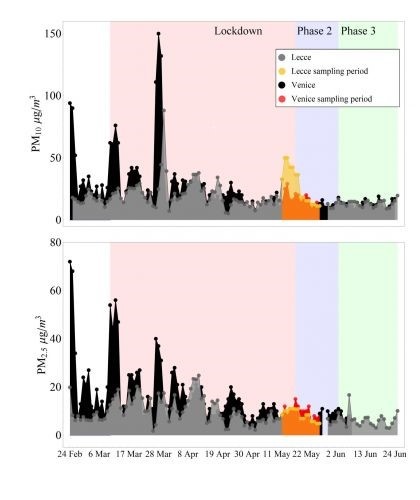
From the AIR-CoV project a CNR research: What is the role of airborne diffusion in the contagion of COVID-19?
What is the role of airborne diffusion in the contagion of COVID-19? The CNR, National Research Council, has published an important study in the scientific journal Environment International
 The study was born from the project “AIR-CoV (Evaluation of the concentration and size distribution of SARS-CoV-2 in the air in outdoor environments) and showed a low probability of airbone transmission of the contagion outside if not in the areas of assemblage.
The study was born from the project “AIR-CoV (Evaluation of the concentration and size distribution of SARS-CoV-2 in the air in outdoor environments) and showed a low probability of airbone transmission of the contagion outside if not in the areas of assemblage.
The rapid spread of Covid-19 has raised important questions about the mechanisms of virus transmission and the role of airborne transmission through respiratory droplets.
“AIR-CoV – Evaluation of the concentration and size distribution of SARS-CoV-2 in the air in outdoor environments”: the abstract of the study published on the role of airborne covid-19 spread
 “The COVID-19 disease – reads in the CNR research – spread at different rates in the different countries and in different regions of the same country, as happened in Italy.
“The COVID-19 disease – reads in the CNR research – spread at different rates in the different countries and in different regions of the same country, as happened in Italy.
Transmission by contact or at close range due to large respiratory droplets is widely accepted, however, the role of airborne transmission due to small respiratory droplets emitted by infected individuals (also asymptomatic) is controversial.
It was suggested that outdoor airborne transmission could play a role in determining the differences observed in the spread rate.
Concentrations of virus-laden aerosol are still poorly known and contrasting results are reported, especially for outdoor environments.
Here we investigated outdoor concentrations and size distributions of virus-laden aerosol simultaneously collected during the pandemic, in May 2020, in northern (Veneto) and southern (Apulia) regions of Italy.
The two regions exhibited significantly different prevalence of COVID-19.
Genetic material of SARS-CoV-2 (RNA) was determined, using both real time RT-PCR and ddPCR, in air samples collected using PM10 samplers and cascade impactors able to separate 12 size ranges from nanoparticles (diameter D < 0.056 μm) up to coarse particles (D > 18 μm).
Air samples tested negative for the presence of SARS-CoV-2 at both sites, viral particles concentrations were <0.8 copies m 3 in PM10 and <0.4 copies m 3 in each size range investigated.
Outdoor air in residential and urban areas was generally not infectious and safe for the public in both northern and southern Italy, with the possible exclusion of very crowded sites.
Therefore, it is likely that outdoor airborne transmission does not explain the difference in the spread of COVID-19 observed in the two Italian regions.



